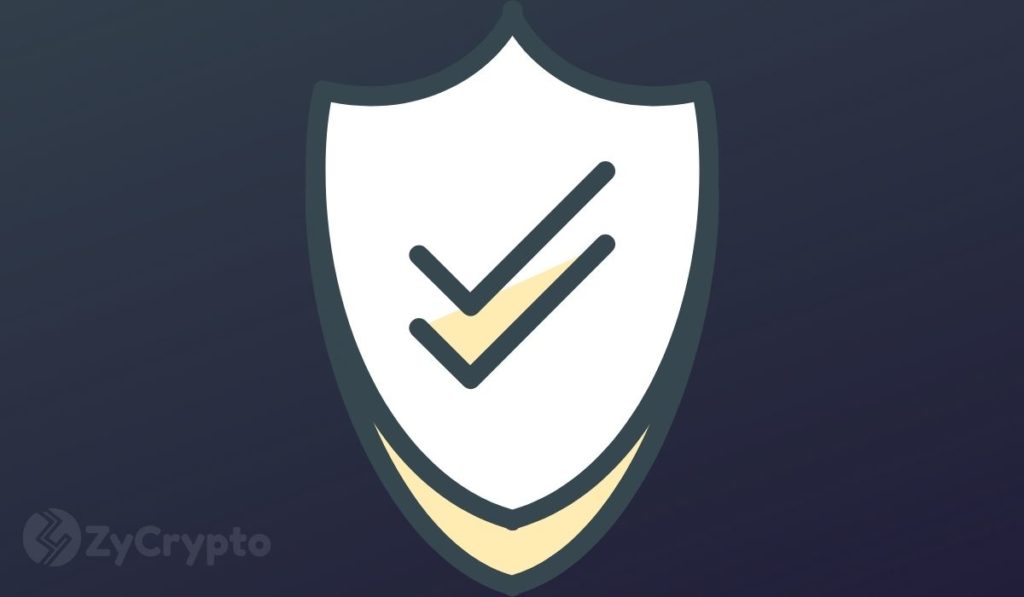2021-11-4 12:25 |
The Ethereum Blockchain has 3,000 nodes and the Bitcoin Blockchain around 12,000 nodes on a daily average. The Streamr Network, which is not a blockchain, had in total 130,000 nodes joining throughout its testnet phase that ran over the course of the past two months. At its peak, the third Testnet had 90,000 node runners simultaneously participating from 85 different countries.
This made the Streamr Testnet one of the biggest P2P networks in computing history. So what is the Streamr Network?
Streamr is a decentralized network for real-time data transport. Real-time data services are needed when you receive a notification on your phone, or when someone sends a tweet. If we look at the existing web 3 stack, we have blockchains for security, financial transactions and identity management, then there are data storage solutions like IPFS or Skynet, but these components alone do not make the decentralized web as instantaneous as the centralized web. An NFT stored on IPFS will take several seconds to load, but web 2 operates at the speed of milliseconds.
That’s where the Streamr Network becomes an important component of the web 3 stack. During the Streamr Testnets, node runners were able to broadcast messages to every other node in the network in about 350 milliseconds on average. What do we need these fast broadcasting services for? How about decentralized in browser gaming, decentralized social media, decentralized live streaming! If built in a decentralized architecture, these services could come with all the permissionless elements crypto users are already accustomed to from the DeFi and NFT space, but now a little bit further and faster.
[Image 1: The amount of simultaneous nodes in each testnet compared to the size of Ethereum or Bitcoin networks]
Streamr has been around since 2017 – so why did the testnet only launch now?
The technology the Streamr Network is utilising has been in research and development for the past four years. The team set out to build something that has never been done before and therefore a lot of time was needed to reach the first Testnet. Satoshi most likely didn’t invent the Bitcoin Blockchain in one afternoon either, and the same can be said about the technology that is powering the Streamr Network.
Why was it so easy for so many node runners to join the Streamr Network?In order to run a node on the Streamr Network, node runners did not require top-notch hardware. This made it a lot easier for people from all over the world to spin up a node and join the testnets. Node runners must simply connect and mine their bandwidth, with rewards earned based on the amount mined, and therefore the Network saw a wide range of hardware devices joining in. On Twitter, the community shared their node setups, including a Raspberry Pi getting power from a solar panel and an old laptop powered by electricity taken from a motorbike. There were tablets, phones and of course plenty of different server and cloud setups in Linux, Android, Raspberry Pi OS, macOS and Windows.
[Image 2: Raspberry Pi getting the power from a solar panel] [Image 3: An old laptop powered by electricity taken from a motorbike]
What kind of mining rewards do Streamr node runners receive?Node runners were incentivized by mining rewards. In total 2,000,000 $DATA tokens are to be airdropped to around 130,000 individual wallets on an Ethereum scaling solution. In addition, special NFTs will be dropped to outstanding contributors of the Testnets and the most active community members.
During the Brubeck Testnets the team was able to confirm several hypotheses on the Network’s capabilities and scalability. First of all, the choice to boldly go fully decentralized was the right thing to do. Additionally, the team was able to confirm some of the earlier results from their research and simulations when it comes to the observed latency as a function of the number of nodes. There is a so-called ‘Relative Delay Penalty’ (RDP) metric, which can be used to illustrate that the message propagation delay grows very little when the Network’s size is expanding.
Why is this important? Imagine that you want to talk to 90,000 people at the same time. In traditional networking, this would mean that you need to be able to contact each person and tell them individually what you wanted to say. In the decentralized web 3 and Streamr stack, you just publish your message and in 350 milliseconds everyone has it everywhere in the world.
Streamr offers scalability out-of-the-box. A centralised system in the cloud would have to “solve” scalability as a separate problem, whereas scalability is built into Streamr. That means going forward the Streamr Network is well suited to run much more than 90,000 nodes. In the Streamr Network whitepaper, the team measured networks of up to 2,000 nodes, whereas the Brubeck Testnet ran 90,000 nodes, and there is barely a difference in the observed latency.
Streamr co-founder Henri Pihkala said that “After 4 years of R&D, we have reached the point where we are ready to run large-scale tests of the Streamr Network’s scalability. And with more than 90,000 third-party nodes in the Brubeck Testnet, we just formed one of the biggest P2P networks in computing history. This confirms that the Streamr Network is indeed on par with centralised competitors in terms of performance. And now we’re more than ready for the Mainnet launch.”
The Streamr Brubeck Mainnet will get launched later this year. Following the achievement of this important milestone, the Network’s token economics and $DATA staking mechanisms will be incrementally introduced over the course of 2022. Node runners and token holders will be able to stake $DATA and mine bounties in return for token rewards.
Similar to Notcoin - Blum - Airdrops In 2024
High Performance Blockchain (HPB) на Currencies.ru
|
|












